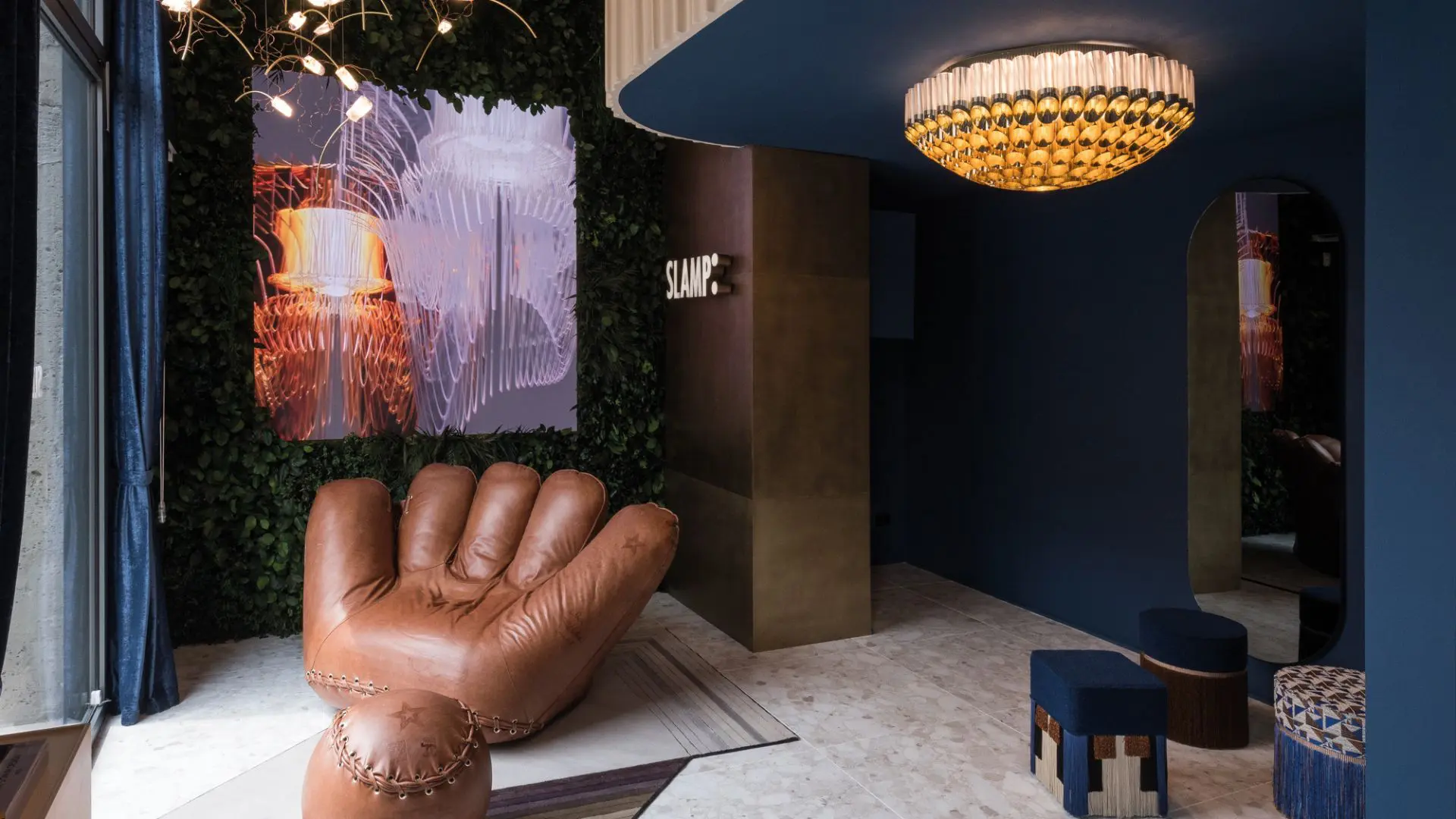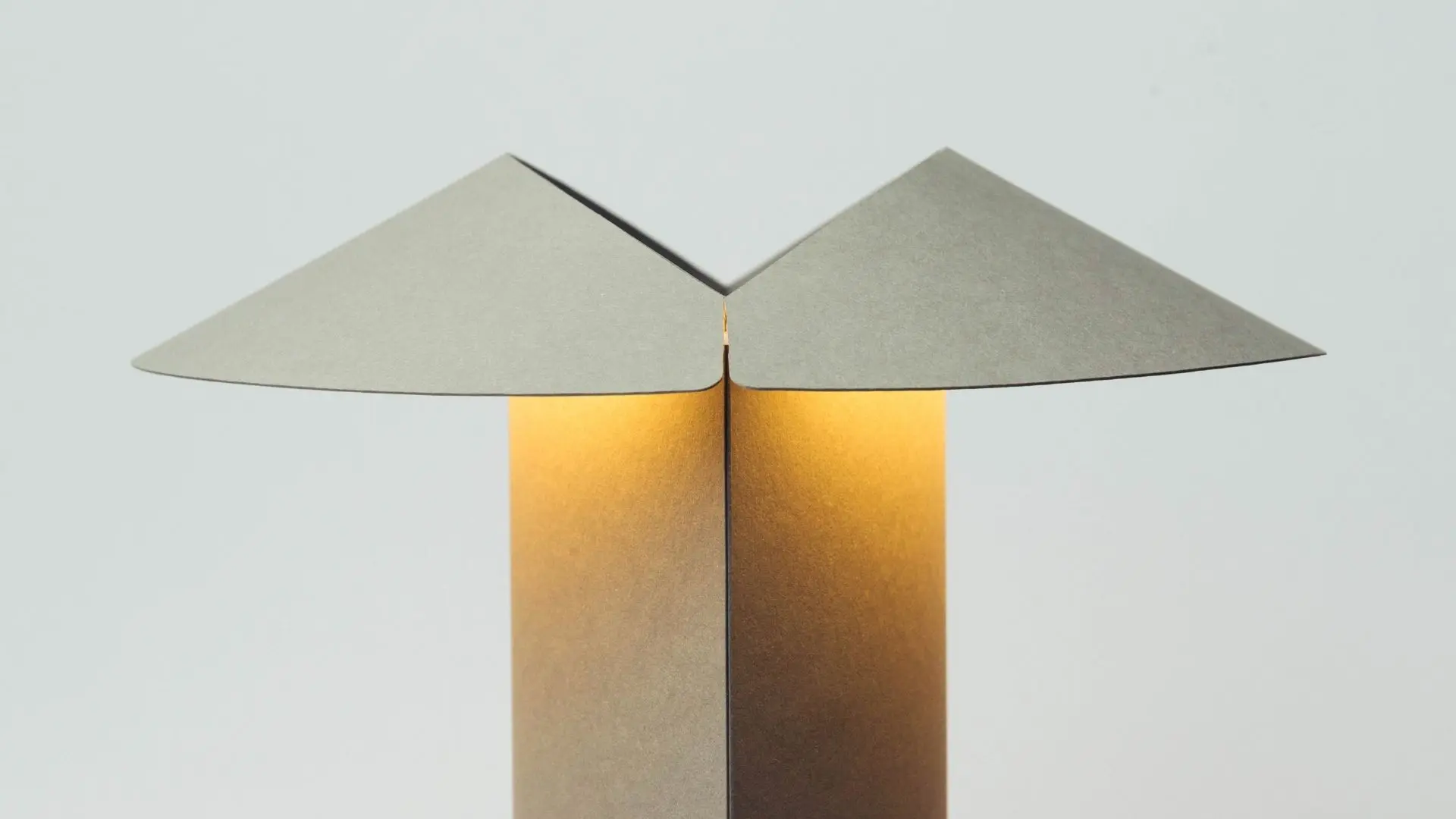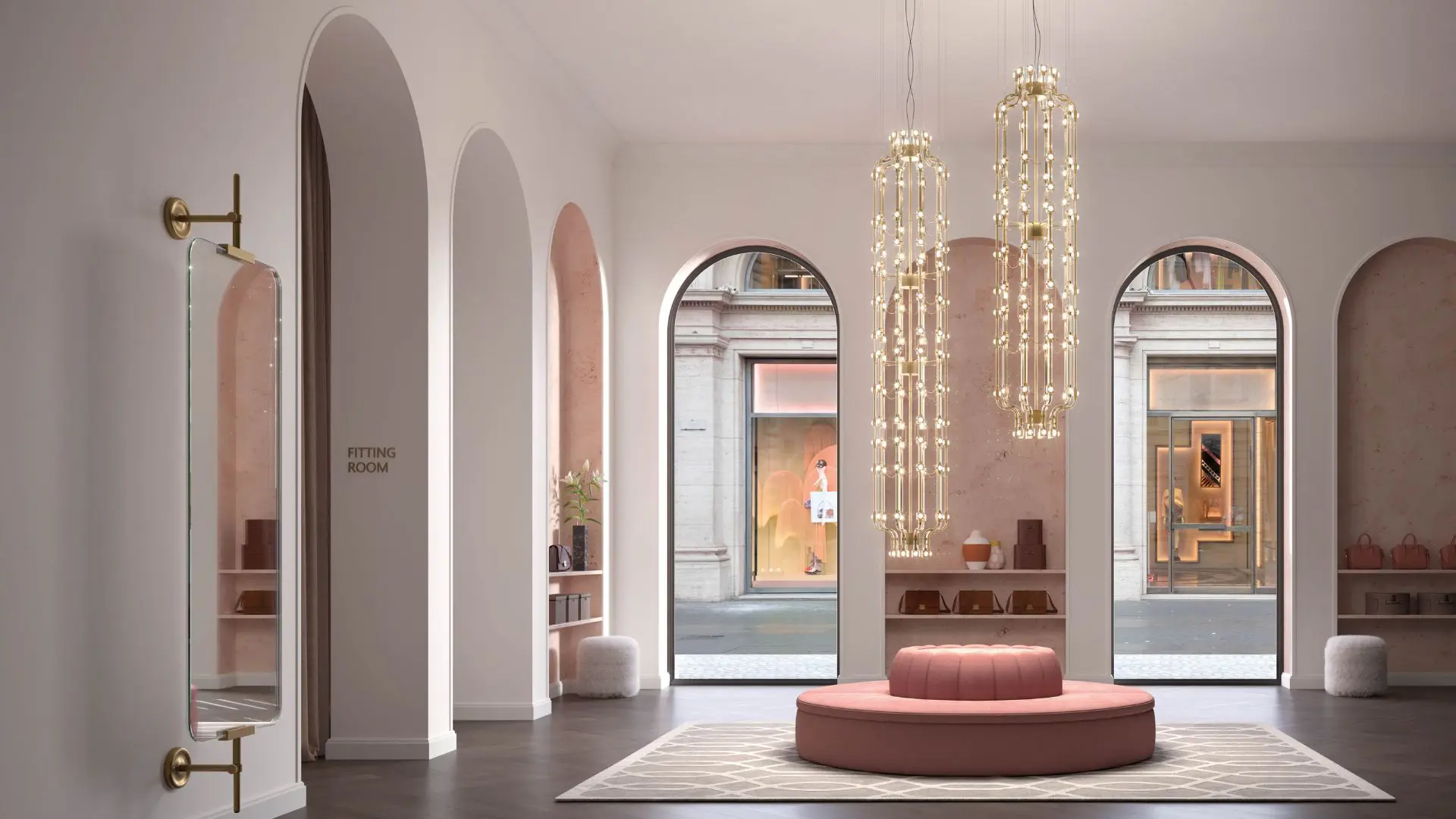10 biophilic lighting designs that leverage the power of light
As our world continues to urbanize, designers look for ways to bring nature into our everyday environments
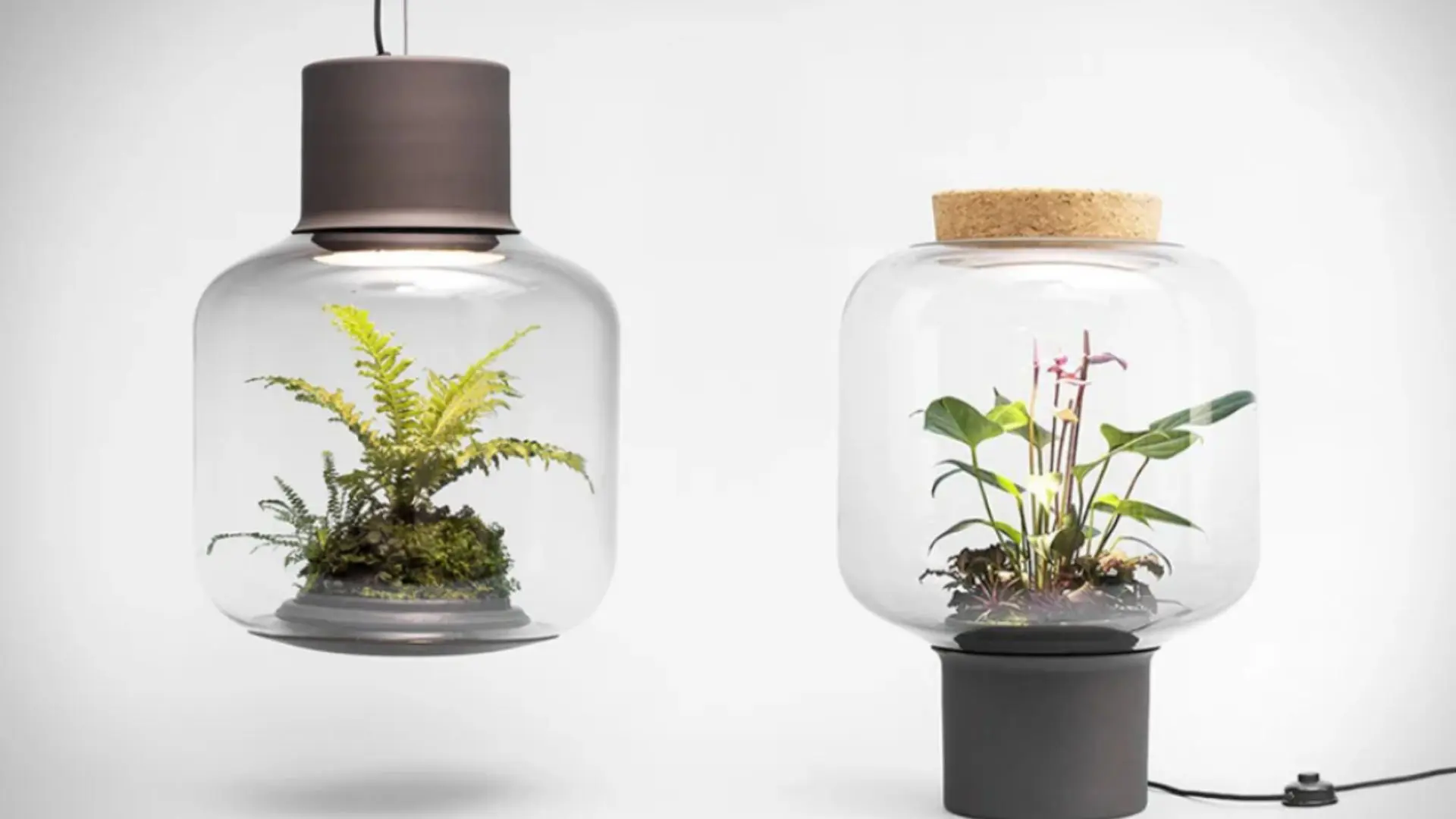
Read on to find many inspiring examples of biophilic lighting that doesn’t just brighten up the room but also makes it better for living and working.
Today, design is increasingly focused on the environment, from LEED buildings and sustainable materials to eco-friendly decor.
But this idea is not new.
For decades, designers have been inspired by “biophilia,” which is Greek for “love of living things.”
Using biophilic design in your home is essential for creating a more robust environment that is in sync with humanity’s natural biorhythms.
Many architects (biophilic design in architecture) and interior designers (best biophilic interior design studios) will incorporate natural areas into living spaces to reconnect people with natural sources.
But biophilic design is more than just houseplants.
It is a concept that focuses on products that aren’t just aesthetic or functional but can also improve people’s mental and physical well-being by creating a connection to nature (8 applications of biophilic design concepts).
Lighting, of course, is an essential element of this methodology.
Biophilic lighting involves the interaction of light and shadow.
This exchange can be created by experimenting with dynamic or diffused light that mimics sunlight, moonlight, or even starlight.
Wide glazing, open facades, terraces, and roof glazing provide different intensities of light and shade, approximating the conditions in nature.
1. Levy’s North floor lamp
Look at this photo – it showcases a Levy’s North floor lamp illuminating the Mirror Bar in Bratislava, Slovakia.
The North floor lamp is the masterpiece of Arik Levy.
He wanted to create a collection that allows one to bring light to exactly where one would want it.
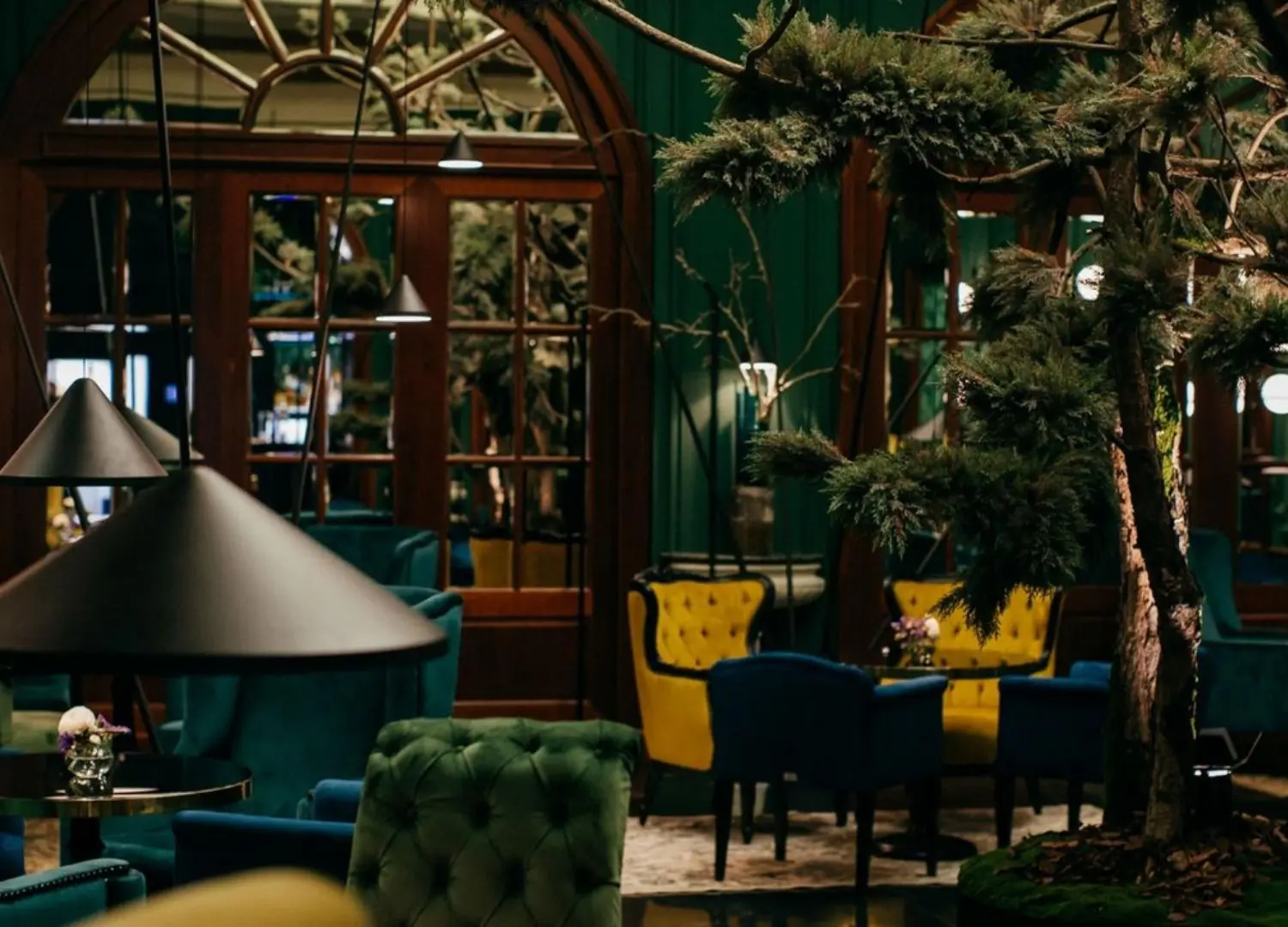
Thanks to several arms protruding from the base, it’s possible to position the lamp as you please.
In the bar’s North seating area, the mirrors branch upwards, creating a plant image that echoes the botanical motif defined by the forest green color palette and the large tree in the center of the space.
2. Mygdal Plant Lamp
Another example of biophilic lighting is the Mygdal Plant Lamp.
Inside it, you will find a self-sufficient ecosystem.
Thanks to LED grow lights and an intelligent design that ensures the plant’s watering, it requires no upkeep.
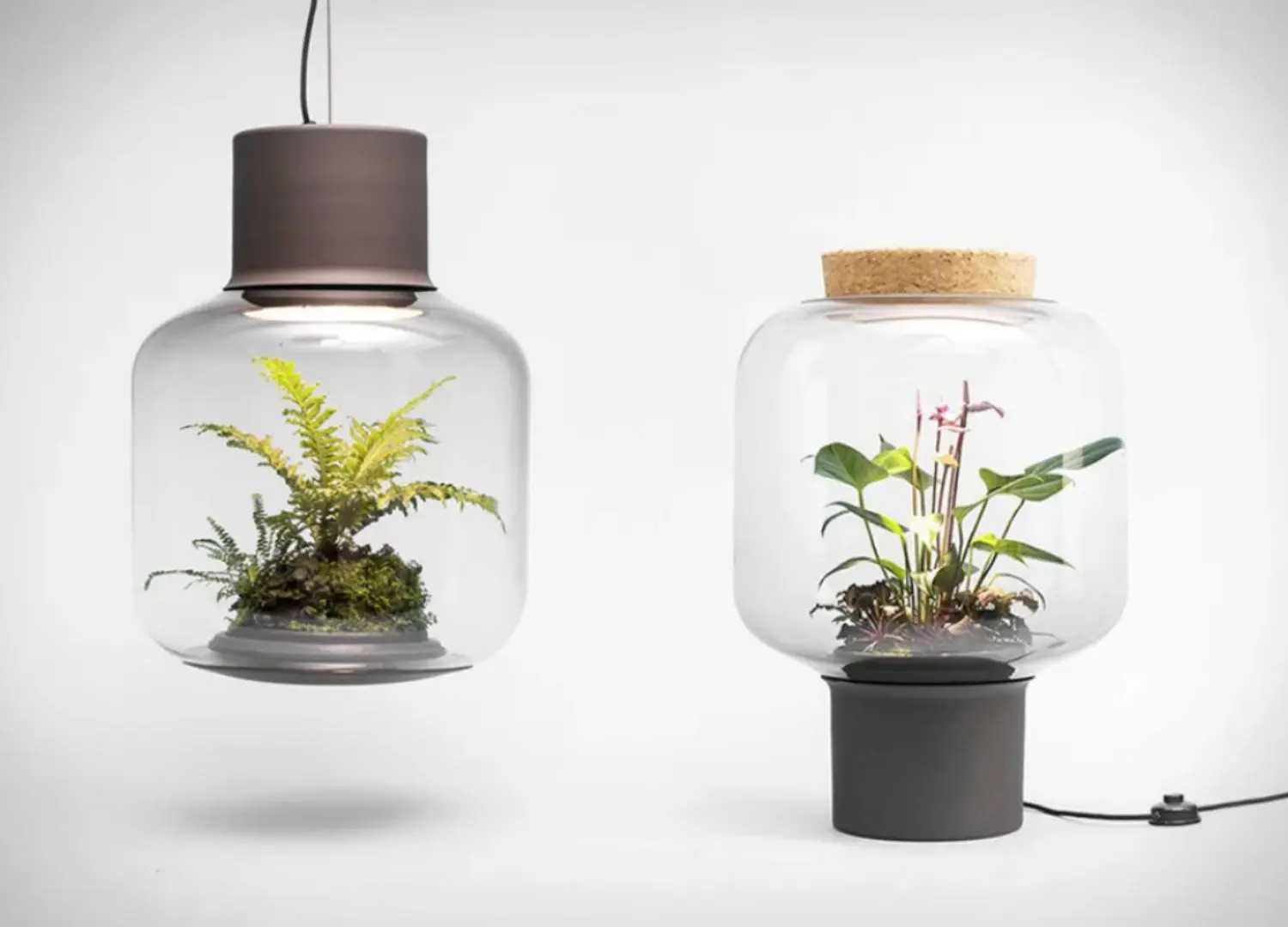
The design is hermetically sealed, so the water inside the pendant cannot escape.
3. Babylon Pendant Light
Inspired by the hanging gardens of Babylon, Babylon Light is a versatile pendant light for those who love plants but not the mess of pots.
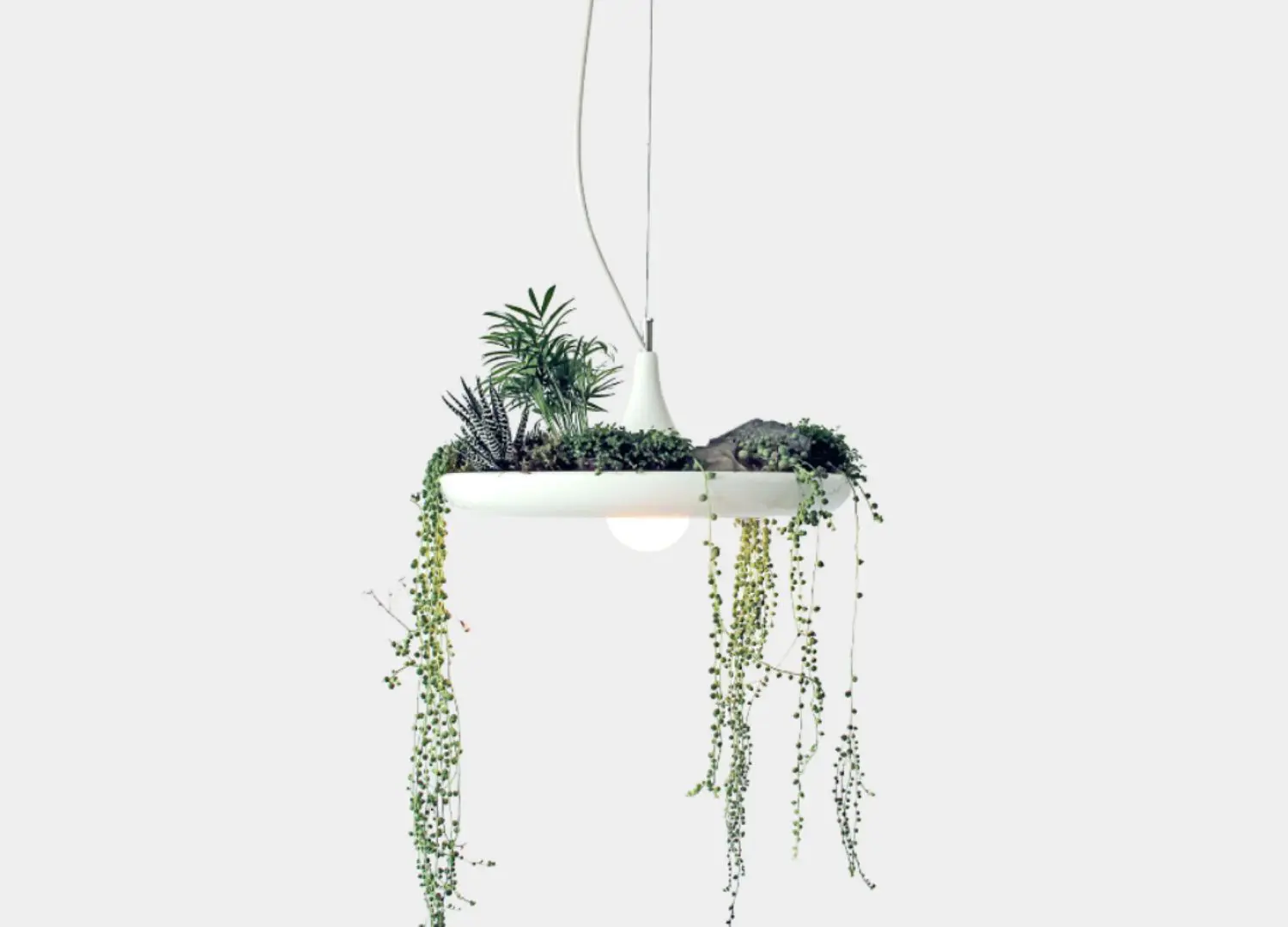
It provides downward lighting up to 180° horizontally, perfect as a centerpiece over tables, work surfaces, and transition areas.
If you’d like to add a touch of green to your home, this is a great option.
4. Luxie by Qvarta
Some biophilic lighting designs can seem over the top, especially for those who admire simplicity.
This Luxie concept offers a minimalist approach to plant-style lighting.
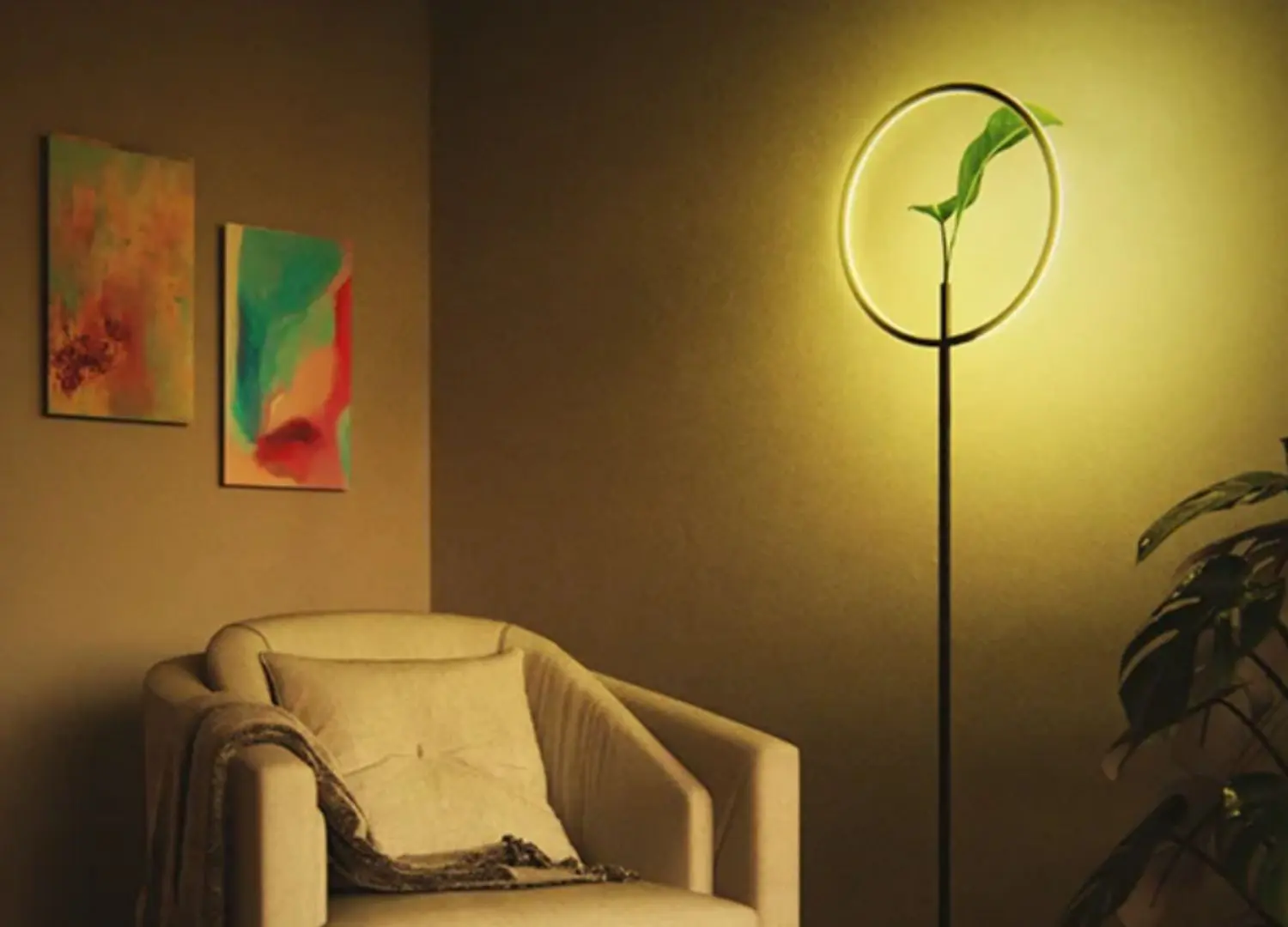
The central element is a narrow stem that can hold flowers or decorative foliage.
Around it is a wall ring light that illuminates any room or space in a contemporary way.
5. Sunne by Marjan Van Aubel
Another approach is to develop systems that mimic natural sunlight, known as circadian lighting design.
This lighting design works according to our internal biological clock, modulating the intensity and spectrum of light to increase comfort and productivity.
Sunne is a self-powered solar light that can be controlled via an app.
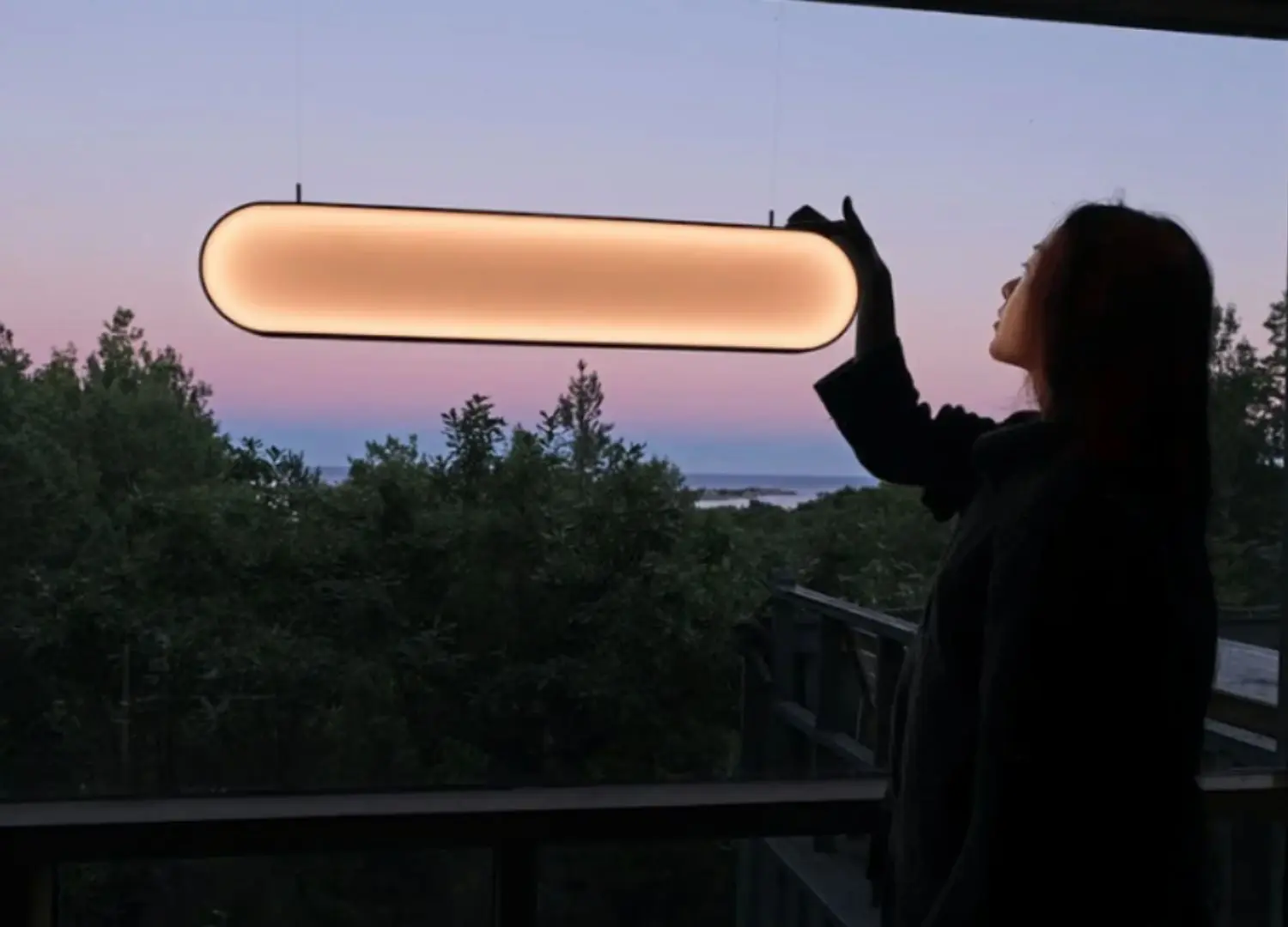
It harvests energy from the sun during the day and brings sunlight into your home at night.
It captures, stores, and generates light indoors.
This product is a great combination of stylish design and modern technologies.
6. Dyson LightCycle Morph Desk
“Only a Dyson works like a Dyson.” It sounds a bit conceited, doesn’t it? Well, once you look at Dyson’s designs, you see what the hype is about.
The Dyson Lightcycle Morph table lamp mimics many of the characteristics of natural light and uses daylight-tracking algorithms to continuously adjust color temperature and brightness depending on the time of day.
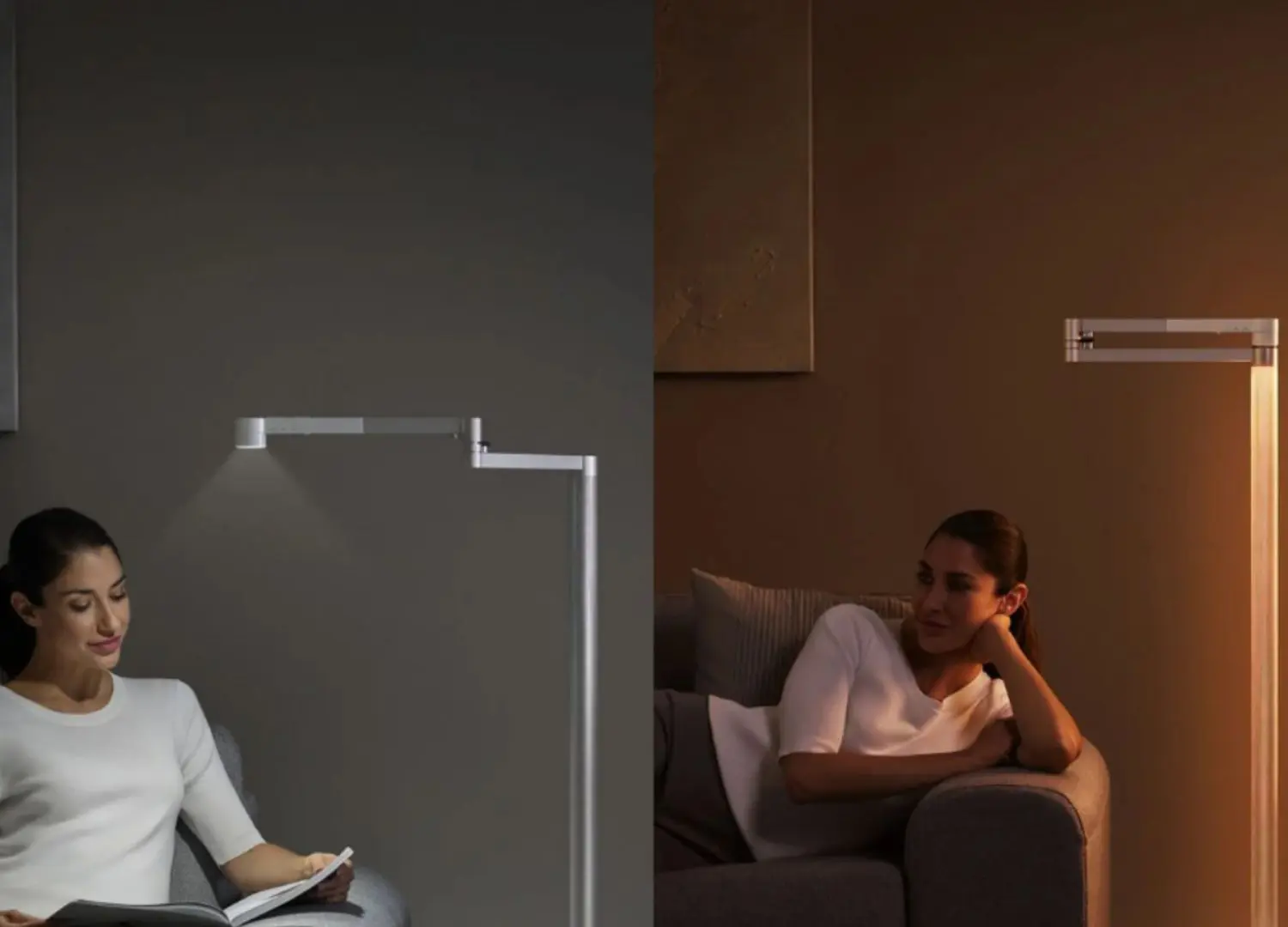
The lamp also offers personalization features based on the user’s age, location, and type of light used.
Thanks to the lamp’s 360-degree maneuverability, light can be pointed in any direction.
7. Nana Lure 48 by Pelle
Admirers of biophilic lighting design often create solutions that look natural.
This means reflecting the shapes and contours visible in outdoor growing areas.
The Nana Lure 48 luminaire is part of Pelle’s collection of nature-inspired designs that combine realism with fantastical abstraction to bring botanical illustrations to life.
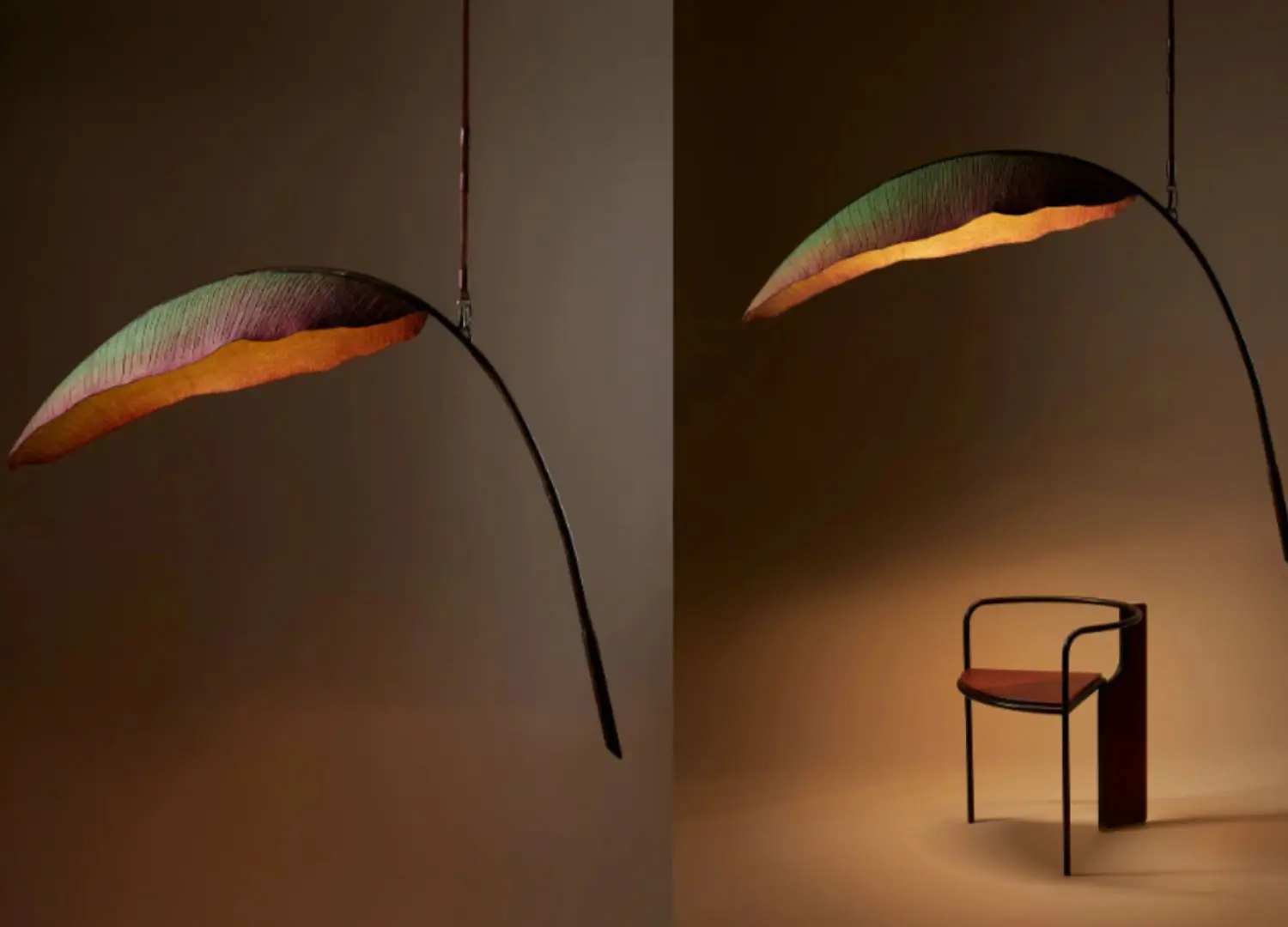
8. Biophilia by Lanzavecchia + Wai
Lamps often play a more important role than any other furnishings.
This particular design, created using a growth-like production method – 3D printing, is a prime example of lighting that serves as a centerpiece.
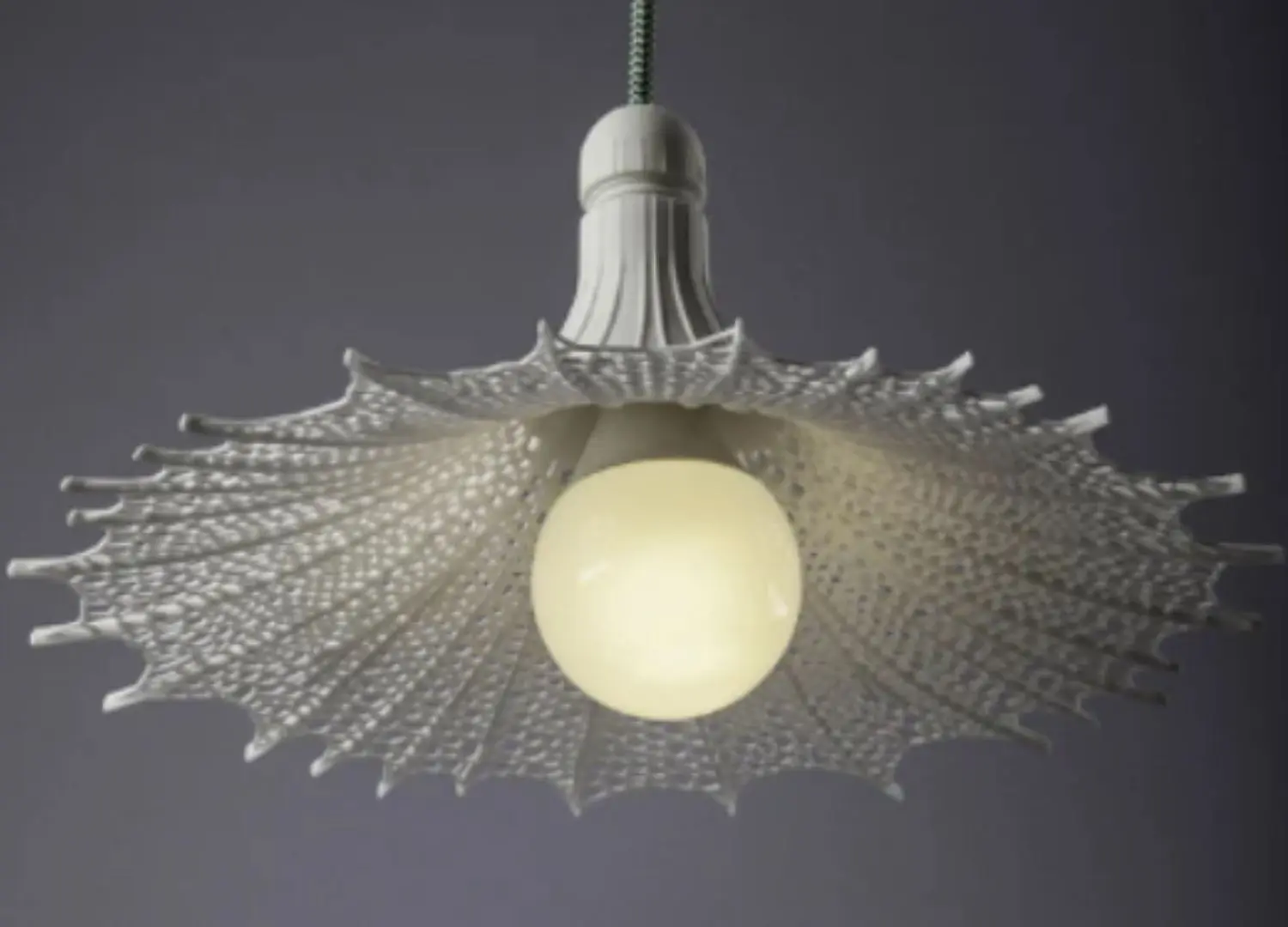
Biophilia looks as if it is fed by a network of veins that grow in and out of the light source.
Designers Lanzavecchia + Wai describe it as an industrial product created like a living organism.
9. mySun by Sunlight Inside
As the company notes, “mySun is the first desk lamp to actively mix 6 colors to deliver the daily and seasonal cycles of natural light.”
The design is created to replicate natural light from close to the equator.
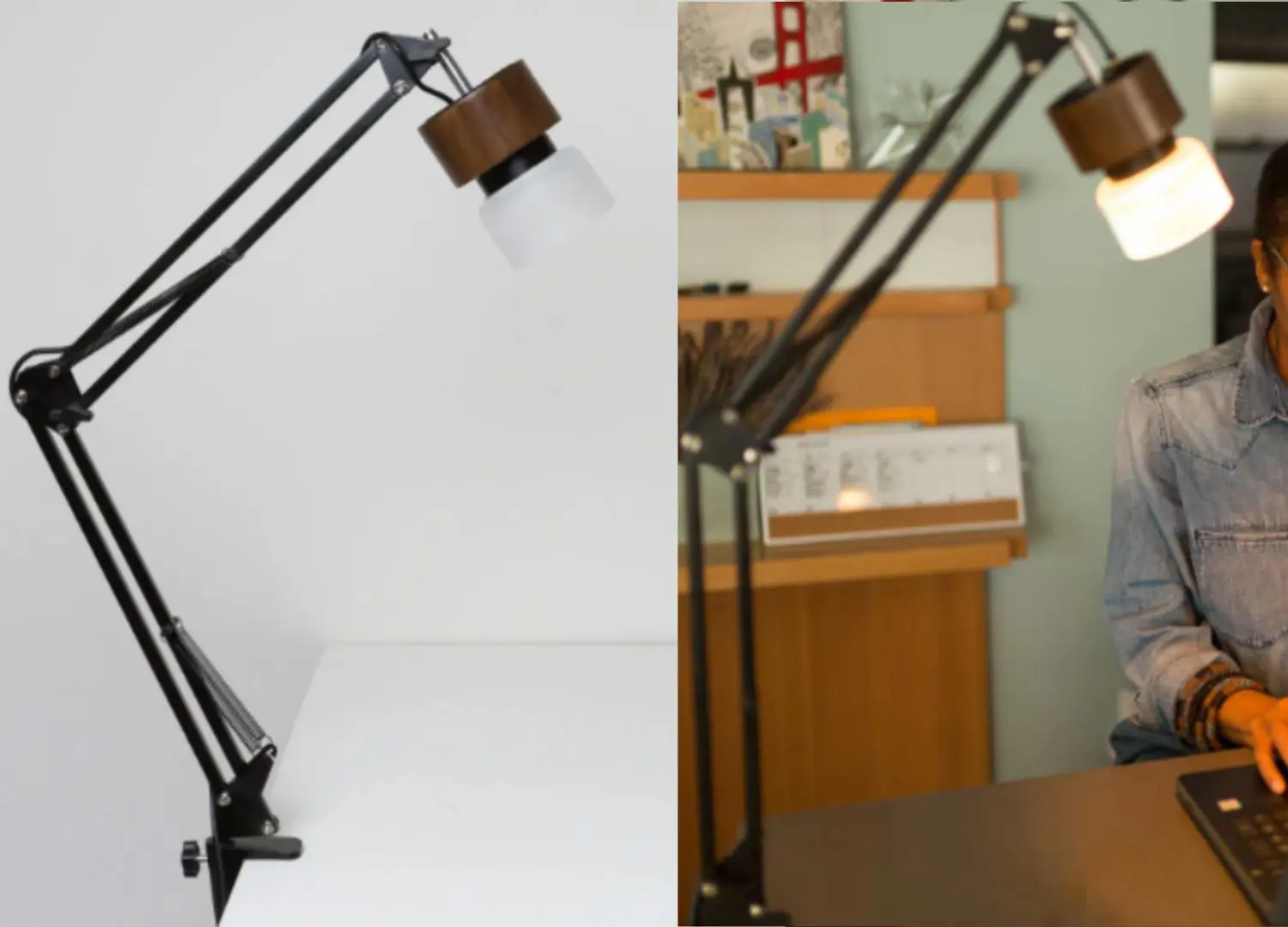
That means delivering extra sunlight to the dark North. Improved mood, energy, and sleep – following natural light cycles has many benefits.
10. Brisa floor lamp by Vibia
True to its name, which means “breeze” in Spanish, Brisa‘s silhouette is soft and graceful.
Its long, slender stalk is topped by a conical, tapering shade, perfectly reflecting the flower’s delicate appearance.
The lamp’s simple architecture creates a calm presence that accentuates the open space rather than overpowering it.
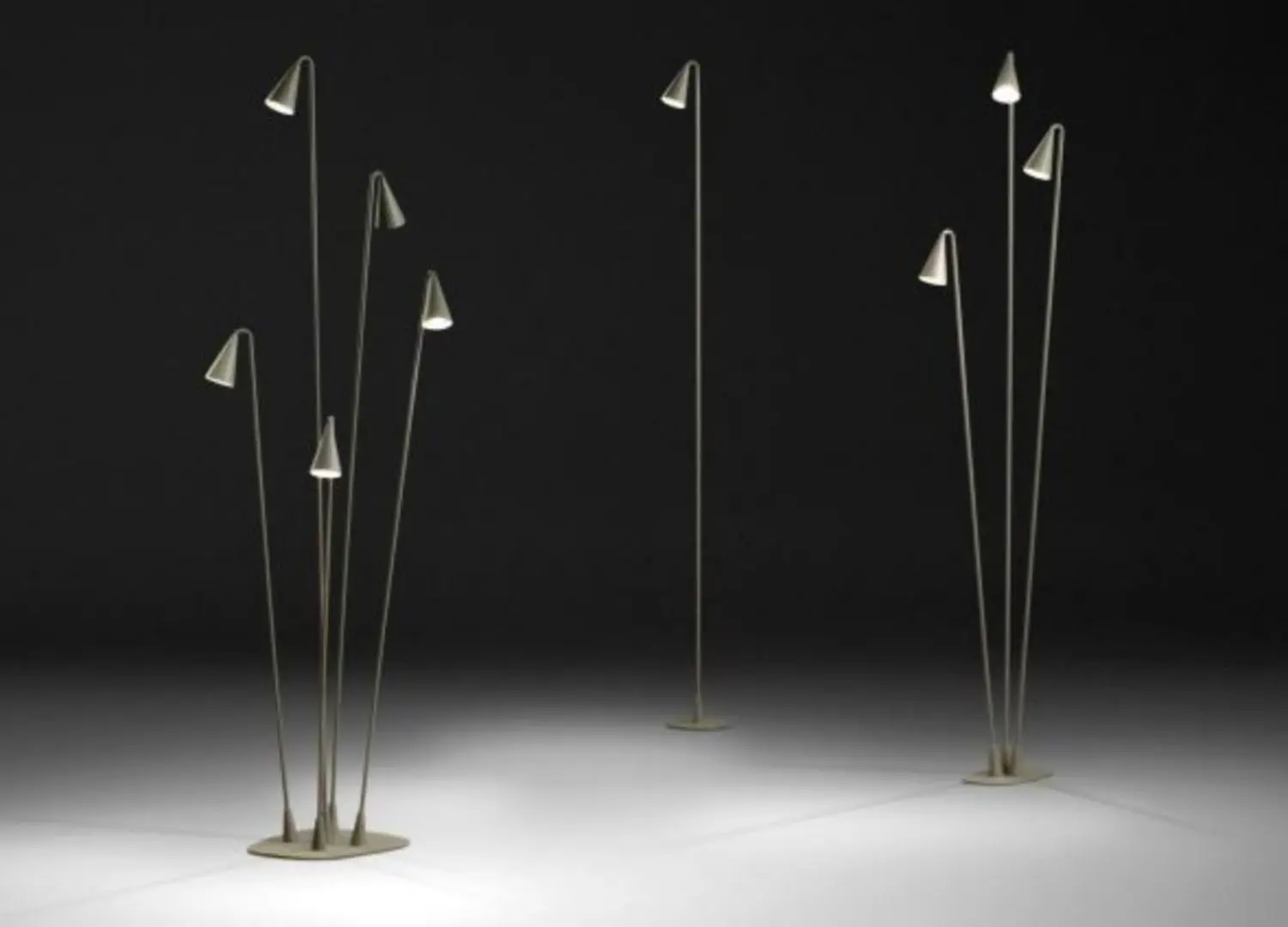
Biophilic design principles are becoming more important by the day, including lighting fixtures.
After all, lighting is essential, and if we are forced to use artificial sources, an organic touch can give interiors at least some of the natural qualities we want.













